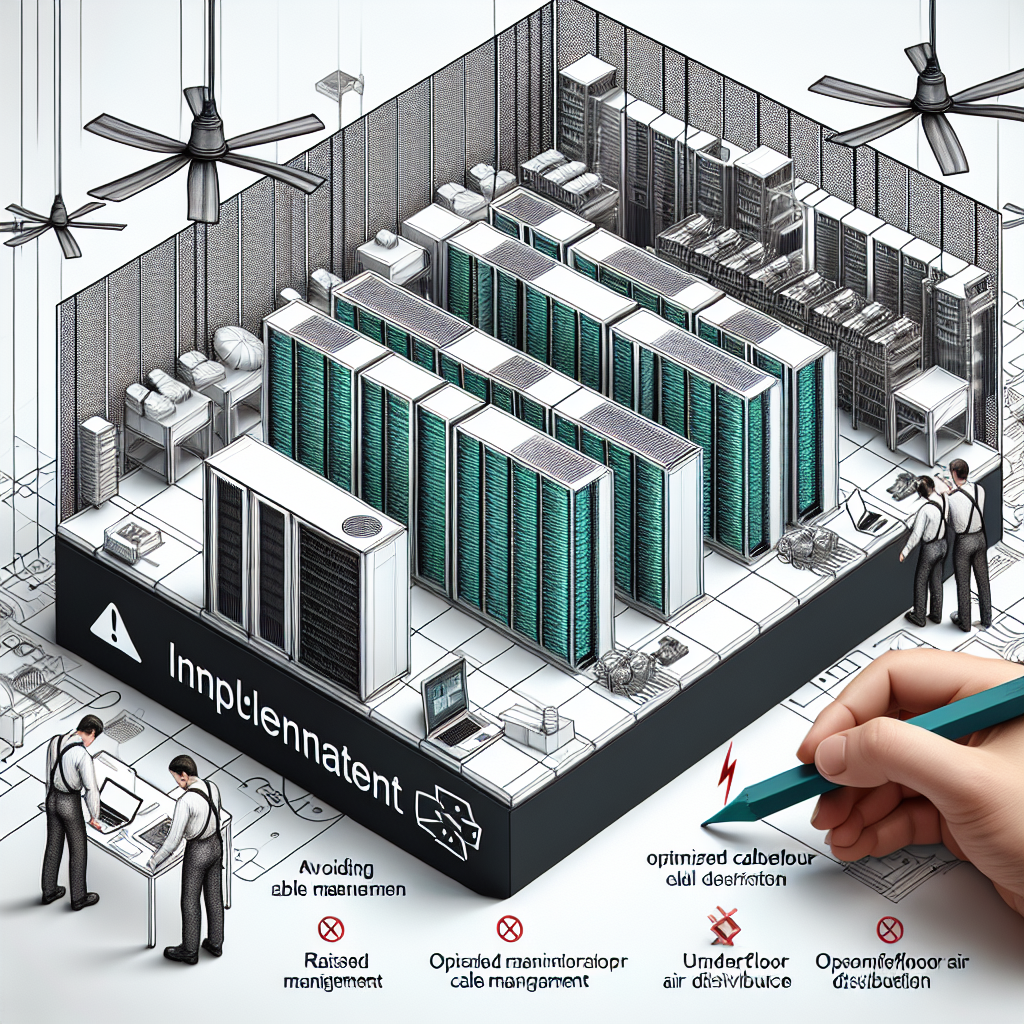Fix today. Protect forever.
Secure your devices with the #1 malware removal and protection software
Data centers are a critical component of modern businesses, housing the servers and equipment that store and process vast amounts of data. With the increasing demand for data storage and processing power, proper cooling is essential to ensure that the equipment operates efficiently and reliably. However, many data center operators make common mistakes in the design and implementation of their cooling systems, which can lead to costly downtime and reduced performance. In this article, we will discuss some of the most common mistakes in data center cooling design and implementation, and provide tips on how to avoid them.
One of the most common mistakes in data center cooling design is overcooling. Many data center operators believe that cooler temperatures are better for their equipment, leading them to set their cooling systems at excessively low temperatures. However, overcooling can result in wasted energy and increased costs, as well as increased wear and tear on the equipment. To avoid this mistake, data center operators should aim to maintain a temperature range that is within the equipment manufacturer’s recommended specifications, typically between 18-27 degrees Celsius.
Another common mistake is inadequate airflow management. Proper airflow is crucial for efficient cooling, as it helps to dissipate heat away from the equipment. Poor airflow management can result in hot spots, where temperatures are higher than in other areas of the data center, leading to potential equipment failure. To prevent this, data center operators should ensure that their cooling systems are properly designed and installed to provide adequate airflow to all equipment racks. This may involve rearranging equipment racks, installing additional cooling units, or implementing hot and cold aisle containment strategies.
Improper placement of cooling units is another common mistake in data center cooling design. Placing cooling units too close together can create hot spots, while placing them too far apart can result in uneven cooling throughout the data center. Data center operators should carefully plan the placement of their cooling units to ensure that they provide uniform cooling to all equipment racks. Additionally, cooling units should be placed in areas where they can easily access fresh air and expel hot air, such as near exterior walls or vents.
Inadequate monitoring and maintenance of cooling systems is also a common mistake in data center cooling implementation. Many data center operators fail to regularly monitor and maintain their cooling systems, leading to issues such as clogged filters, malfunctioning fans, or refrigerant leaks. To prevent these problems, data center operators should implement a comprehensive monitoring and maintenance program that includes regular inspections, filter replacements, and cleaning of cooling units.
In conclusion, avoiding common mistakes in data center cooling design and implementation is crucial for maintaining the efficiency and reliability of data center operations. By following best practices such as maintaining proper temperature levels, managing airflow effectively, and monitoring and maintaining cooling systems regularly, data center operators can ensure that their equipment operates at optimal levels and avoid costly downtime. Investing in a well-designed and properly implemented cooling system is essential for the long-term success of any data center operation.
Fix today. Protect forever.
Secure your devices with the #1 malware removal and protection software

Leave a Reply
You must be logged in to post a comment.